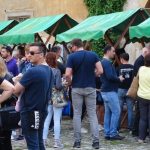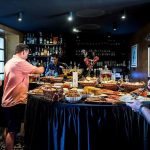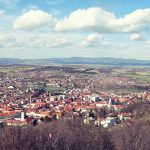Recent news from the Papuk Nature Park has pleasantly surprised us. In late February, visitors will be able to experience Papuk with a flying balloon; one week ago, works on the construction of the Geo-Info Centre in Voćin started, where geologic, biological and cultural-historical landmarks of the nature park will be presented to the visitors. Papuk is drawing ever more interest from tourists at specialised international fairs such as Natour Alpe-Adria in Ljubljana and Caravan in the Dutch town of Leeuwarden.
At the fair in the Netherlands, I found myself entirely by chance in the role of an information officer at the stand of the Slavonia Cluster, which brings together five Slavonian county tourist boards, and I saw for myself that Papuk is at the top of the visitors’ wish-lists. People are thrilled to be able to camp at the Duboka camp and then use the network of cycling trails to visit cultural monuments such as medieval fortresses, geological monuments like Rupnica, protected natural landscapes such as the Sekulinačke Mountains, enjoy the top gastronomy in restaurants bearing the Taste of Slavonia mark, or engage in wine tasting in one of the many boutique wineries located at the outskirts of the park.
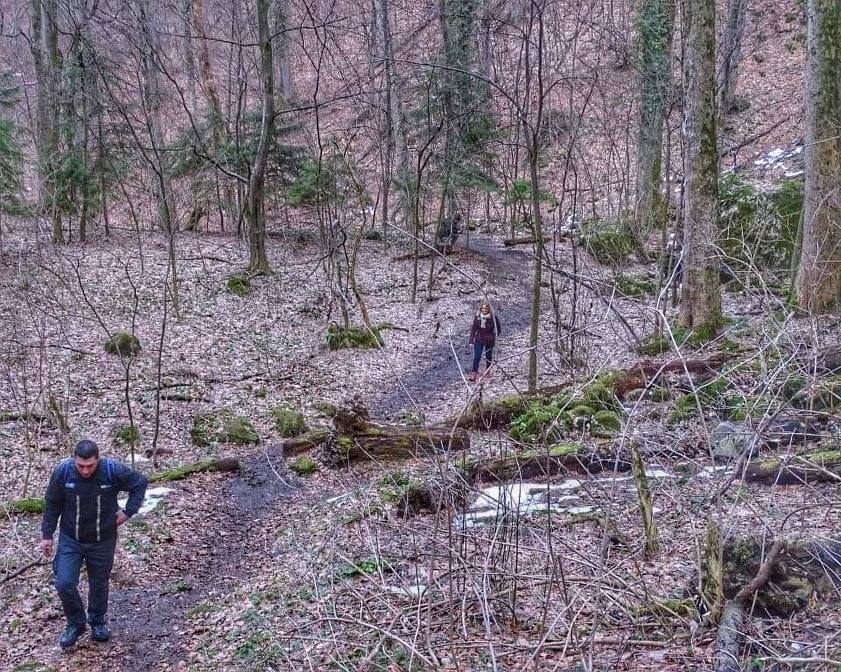
After a tour that included Zagreb, Hungary and Slovakia, I decided to use the first available Sunday in February to visit Papuk. A five-kilometre long spiral road that runs from Slatinski Drenovac to Jankovac is almost entirely paved, with just a short section missing at the very end, but construction machines are parked along the road, so I believe this will be solved very soon.
The road itself is attractive enough for the visitors to be able to see (at least some) of the beauties of the Papuk landscapes. On the left, there is a steep ravine, and on the right side, there is the mountain massif. The road is continually twirling and driving on it is never monotonous. Drenovac is located at 172 metres above sea level and Jankovac at 475 metres. Before Jankovac, visitors pass by the majestic waterfall called Skakavac. Given that the summit of Papuk is located 953 metres above sea level, it is easy to see that Jankovac is located “on the halfway of Papuk” and is, therefore, an ideal starting point for exploring the Slavonian mountain.
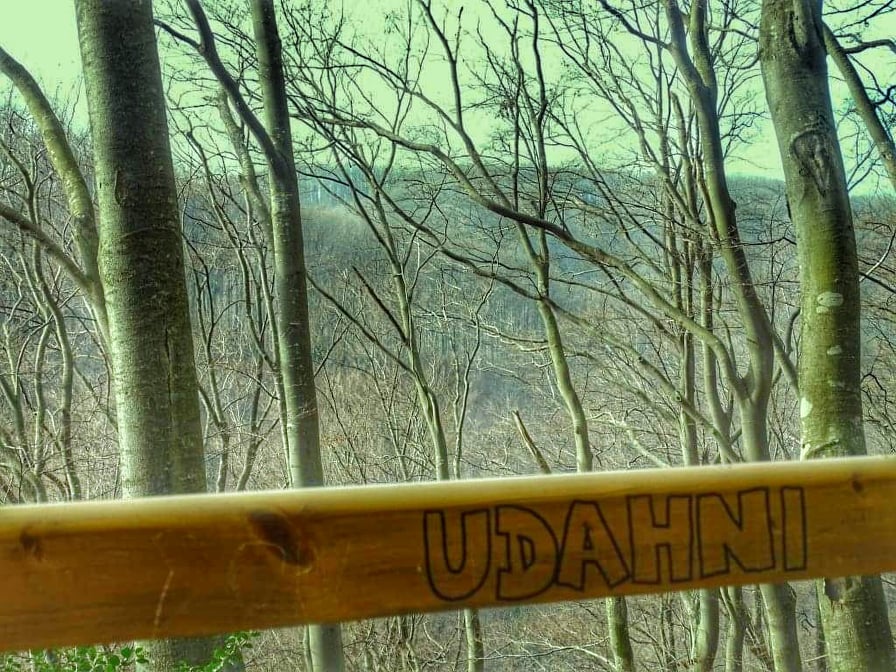
At Jankovac, there are a lot of cars and visitors. From the entrance, we turn right and look for a parking spot. Hmmm …, parking problems at Jankovac!? Part of the team complains that this was not as it used to be and all of this has been over-commercialised. But, why should we be jealous? Why not allow other people to enjoy something we have been enjoying for years, not to say for decades? Of course, provided it does not disturb the natural balance.
The natural heritage belongs to all of us, and everyone should enjoy it under the same conditions. We saw a parking spot and just when we wanted to park there, we saw an unusual traffic sign next to the parking spot: below the letter P, a woman and a baby carriage were drawn; this parking is reserved for women with small children! Since we do not fall into that category, we went a bit further and finally found a free parking place. After that, at the reception centre, we bought tickets which cost just ten kuna. I took a photo at the selfie spot and sent a digital postcard from Papuk to my friends and acquaintances.
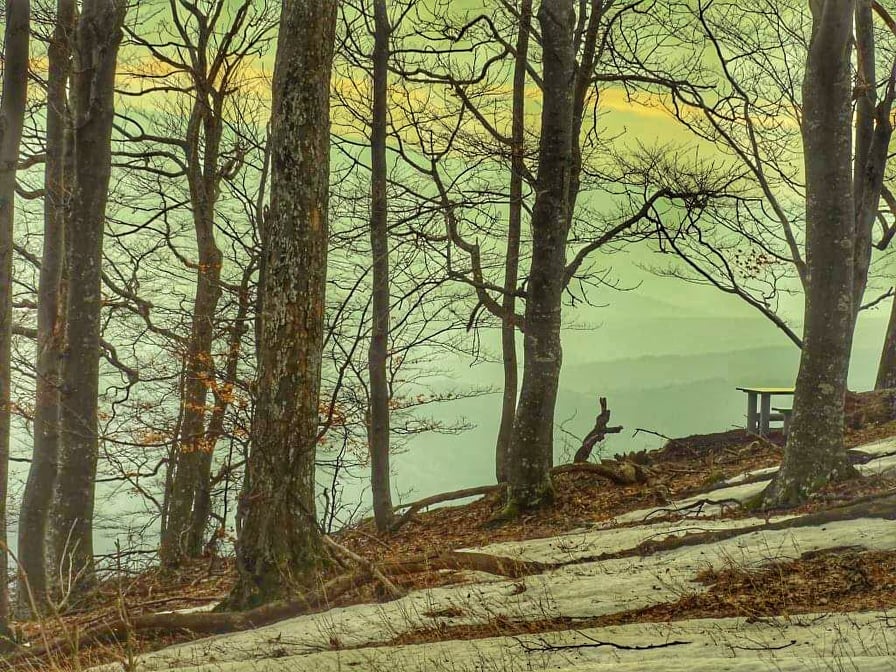
The temperature was, of course, lower than in the Slavonian lowlands from which we came. We went to a hiking lodge with a cafe, a restaurant and a pension, and had a short drink just enough to get warm inside and prepare for a hike in nature.
Because of the high snow banks that were still present on Papuk (unlike in the Slavonian lowlands where the snow had almost completely melted), and because I led a team that did not have the proper equipment for hiking in winter, we did not do the routine rituals like a visit to Ivačka Glava, the second highest peak of Papuk at 913 metres above sea level and the highest peak of the mountain accessible to ordinary visitors (there is a military facility at the very top; therefore it is closed and inaccessible), or to Nevoljaš, located at 740 metres above sea level, where there is a viewing point offering great views.
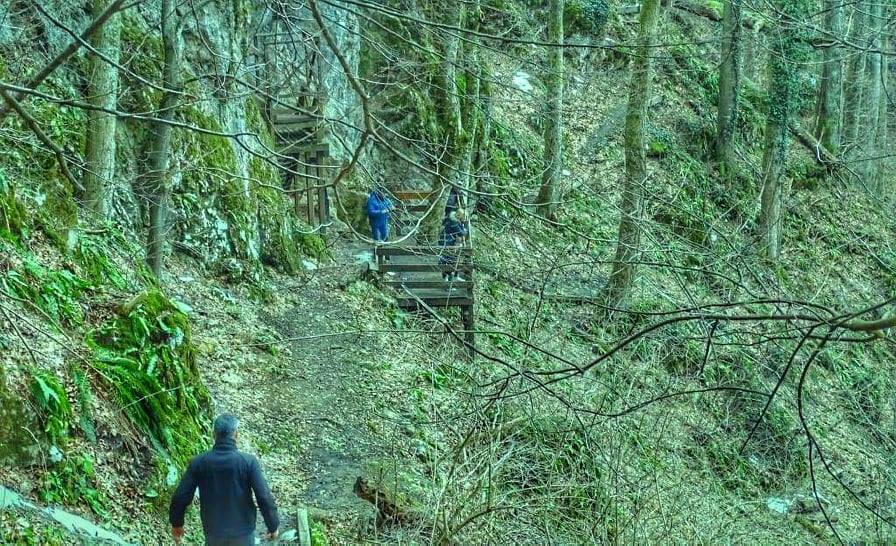
We had to settle for hiking on the educational trail. The Count Education Trail is named after Count Josip Janković, who also gave his name to Jankovac. One of the stations of the path is the count’s final resting place located in a cave. There is also a cave with bats, viewing points, refreshment points, wooded stairs that make climbing easier…
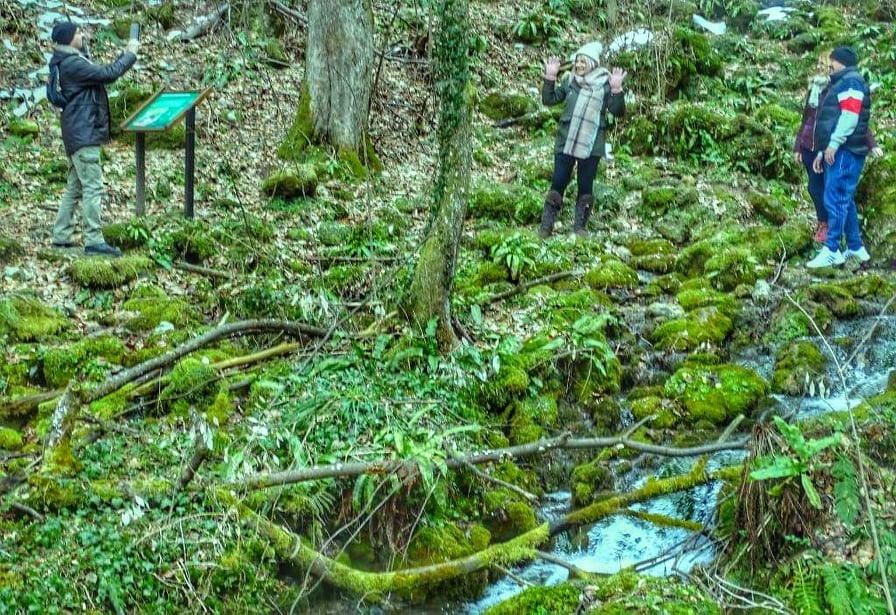
After a leisurely tour of the educational trail that lasted for an unusually long time, we again found ourselves in front of the hiking lodge and saw a car with Požega registration plates all muddy. It was immediately clear that it came from the southern side of Papuk, from the direction of Velika, which still does not have a paved road. But that was a sign that this road was passable. We got into the car and headed for Velika towards which there is a macadam road three times longer than the one leading from Jankovac to Drenovac.
Along the way, we stopped near the Papuk summit. A soldier in the uniform behind the fence greeted us and asked, “To the bench, right?” And we answered vaguely: “Of course!” He only smiled and waved us in with his hand, used to the many visitors coming there. When passing along the fence of the military facility, you come to a forest opening on whose right side there is a bench with fantastic views of Papuk. The hike on the educational trail was too little for us, so we had to stop there to get to know Papuk better.
We arrived in Velika (the location of the first of the two camps in Požega-Slavonia County), at the Čiča Mata cafe where we drank a homemade herb brandy and continued towards the Zlatni Lug tavern, located in Donji Emovci, a small suburb of Požega. Zlatni Lug is just one part of a larger tourist complex that has the tavern/restaurant, an excursion site, a lodging house, a souvenir shop and a camp – the second camp in Požega County.
The Zlatni Log restaurant is decorated in a rustic style and has the “Tastes of Golden Slavonia” mark, which means it offers local dishes 365 days a year. We ordered homemade brandy and bread with lard made of a black Slavonian pig as an appetiser. The pig lard is a traditional Slavonian ingredient which has long been neglected, but is now becoming more prominent and appreciated, and it has its well-deserved place in the local restaurant offer. This is supported by the latest research which shows that pig fat is healthier than oil. The fats are transformed into energy and stimulate absorption of vitamins and do not contain synthetic substances, unlike margarine and industrial oils.

Although the Zlatni Lug restaurant is also known for its delicacies made from the autochthonous Pannonian Podolac cattle, since I started with pork, I continued in this vein and ordered a pork chop with bacon and “kajmak,” along with the Šopska salad. It was a perfect combination. Of the other specialities, the restaurant offers a turkey steak in gorgonzola sauce, a green pepper steak, grilled or in mushroom sauce, trout in pumpkin seeds, a perch fillet with cream and garlic, carp grilled on a fork, the winegrower’s kebab, and the fried pork brains in eggs — something for everybody.
During the dinner at the restaurant, we remembered the legendary beer festival called the Požega Beer Mug, which was held until two years ago at the nearby Zlatni Lug excursion site. Wishing to taste the local beers, we went to Požega and visited the Slawoner pub. I tried the Slawoner Kriek – a draught beer with a sour cherry, which impressed me at homebrewing/craft brewing meet in Đakovo last year when I first tasted it. Slawoner is also the name of the first Požega craft brewery founded and managed by Sandi Mance, one of the pioneers of craft brewing in Slavonia. Apart from locally-made beers, the Slawoner pub offers a whole range of other crafts beers, but my rule is always to try local, preferably draught beer.
In addition to the brilliant and long-established winemaking scene, the Golden Valley also has a strong beermaking scene, and all of this completes the flavours of the Golden Slavonia. For tastes to reach their full intensity, it is necessary to be reasonably hungry and thirsty, which Papuk took care of; or, as we said in the headline of this article: after recreation there comes regeneration. All in all, this was a wonderful excursion, and this article is a recommendation and a roadmap for everyone how to spend a weekend combining the enjoyment of untouched nature with the delights of indulging in local delicacies.
More news about the Papuk Nature Park can be found in the Travel section.


